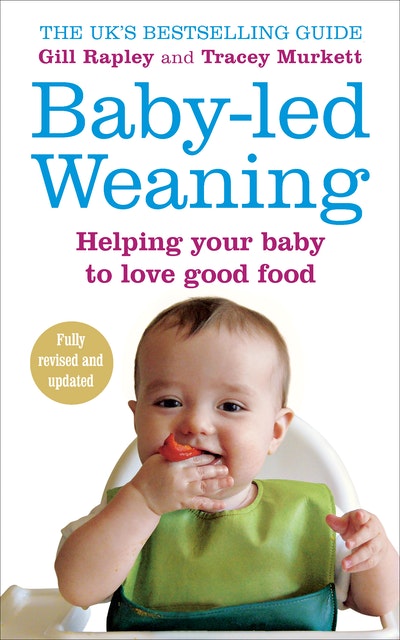 Source: bing.com
Source: bing.comTable of Contents
Introduction
If you are a new parent, you know that introducing solid foods to your baby can be a daunting task. There are different approaches to feeding, but one that is gaining in popularity is baby led weaning. This method of feeding allows your baby to explore and eat foods on their own, without the use of purees or utensils. In this article, we will discuss the benefits, challenges, and tips to help you successfully implement baby led weaning into your baby’s diet.
The Benefits of Baby Led Weaning
Baby led weaning has many benefits for both you and your baby. Here are some of the advantages of this feeding method:- Encourages self-regulation: Baby led weaning allows your baby to listen to their own hunger cues and eat at their own pace. This can help them develop a healthy relationship with food and avoid overeating.- Promotes independence: By allowing your baby to explore and feed themselves, you are encouraging their independence and confidence.- Improves fine motor skills: Picking up and manipulating food can help your baby develop their fine motor skills.- Expands palate: Giving your baby a variety of foods to try can help them develop a taste for different textures and flavors.
The Challenges of Baby Led Weaning
While baby led weaning has many benefits, it does come with its own set of challenges. Here are some of the common difficulties you may encounter:- Messy: Baby led weaning is messy! Your baby will likely drop, smear, and throw food all over themselves and the floor. Be prepared for lots of clean up!- Choking: There is a risk of choking when introducing solid foods. However, this risk is present with any feeding method. It is important to learn the difference between gagging and choking and be prepared to act quickly in case of an emergency.- Nutritional concerns: It can be difficult to ensure that your baby is getting all of the necessary nutrients when they are eating on their own. It is important to offer a variety of nutrient-dense foods and consult with your pediatrician if you have any concerns.
Tips for Successfully Implementing Baby Led Weaning
Ready to give baby led weaning a try? Here are some tips to help you successfully implement this feeding method:- Start with soft, finger-sized pieces of food: Avoid hard or small foods that can be a choking hazard. Good options include steamed vegetables, soft fruits, and cooked pasta.- Let your baby explore: Allow your baby to touch, smell, and taste the food on their own. Don’t force them to eat anything they don’t want to.- Offer a variety of foods: Give your baby a variety of foods to try, including different textures and flavors.- Be patient: Your baby may not take to baby led weaning right away. It can take time for them to get the hang of it and develop their fine motor skills.- Make it a family affair: Eating together as a family can help your baby develop a healthy relationship with food and encourage them to try new things.
Conclusion
Baby led weaning is a popular and beneficial approach to feeding your baby solid foods. While it does come with its own set of challenges, the benefits outweigh the difficulties. By allowing your baby to explore and feed themselves, you are promoting their independence and confidence, while also developing their fine motor skills and expanding their palate. By following the tips outlined above, you can successfully implement baby led weaning into your baby’s diet.
Frequently Asked Questions
Q: Is baby led weaning safe?
A: Yes, baby led weaning is safe when done correctly. It is important to avoid choking hazards and be prepared to act quickly in case of an emergency.
Q: When should I start baby led weaning?
A: You can start baby led weaning when your baby shows signs of readiness, typically around 6 months of age.
Q: Should I still breastfeed or offer formula when doing baby led weaning?
A: Yes, breastmilk or formula should still be the main source of nutrition for your baby. Solid foods should be offered as a complement to milk feeds.
Q: Can I do a combination of baby led weaning and purees?
A: Yes, you can combine the two methods if you choose. However, it is important to still encourage self-feeding and offer soft finger foods.
Q: Do I need any special equipment for baby led weaning?
A: No, you do not need any special equipment. However, you may want to invest in a high chair with a removable tray for easy clean up.
